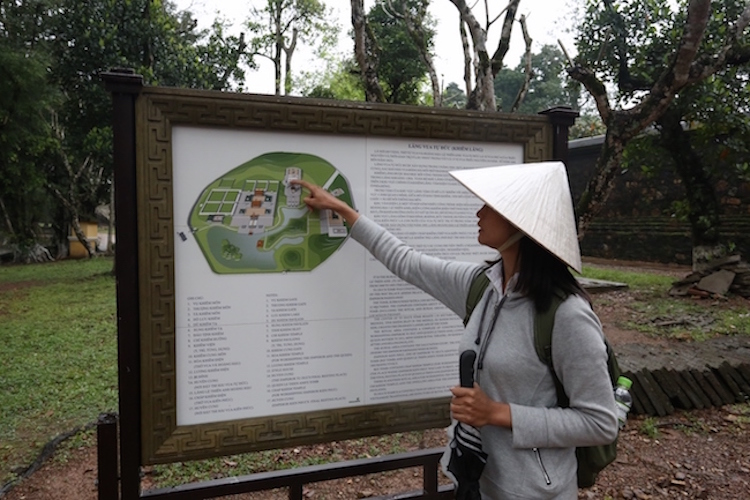By Neena Bhandari
Ha Noi/Hoi An (Vietnam), 27.04.2017 (IDN): Pham Thi Kim Viet is up before the rooster heralds the crack of dawn. The rice in the cooker is beginning to boil as she tosses freshly chopped vegetables and fish in a wok. She then hurries to wake her two daughters, 12 and four years old. At 7am, dressed in laundered uniforms, she drops them at school on her trusted old scooter and proceeds to Hoi An, 30km from her home in the mountains of Dai Loc district in central Vietnam, to report for work as a freelance tour guide.
“Each day is a struggle to make ends meet. I work between 10 and 12 hours a day during high tourist season to earn US$20. During low tourist season, there is very little work and I constantly worry about paying bills and putting food on the table”, says Viet, who has been coping with mental and financial abuse from her husband. The physical violence ended, when he moved out, but he drops in anytime, sometimes to demand money.
Many of her girl-friends are in a similar situation. Viet Nam has high prevalence of domestic violence. The 2010 Viet Nam National Study on domestic violence revealed that 58.3 per cent of ever-married women experienced at least one type of domestic violence at some point of their lives and a 2013 assessment by UN Office on Drugs and Crime noted that only 13 per cent of abused women sought help from the justice system.

The country is ahead of many others in the region in terms of legal framework guaranteeing gender equality. It has ratified the international conventions prohibiting violence against women in both private and public places; and introduced national laws, such as the 2006 Gender Equality Law that requires gender mainstreaming in all laws, and the 2007 Law on Prevention and Control of Domestic Violence.

“But the problem is with turning these laws and policies into accessible services”, says UN Women’s Vietnam Country Representative, Shoko Ishikawa. “Programs have limited impact and reach because there is lack of political will, expertise and gender mainstreaming capacity in the government, and restriction on non-governmental organization [NGO] activism influences policy discussions and outcomes. Besides, strong traditional social norms and attitudes, where men are considered the bread-winners and women’s place is in the home further disadvantages women”.
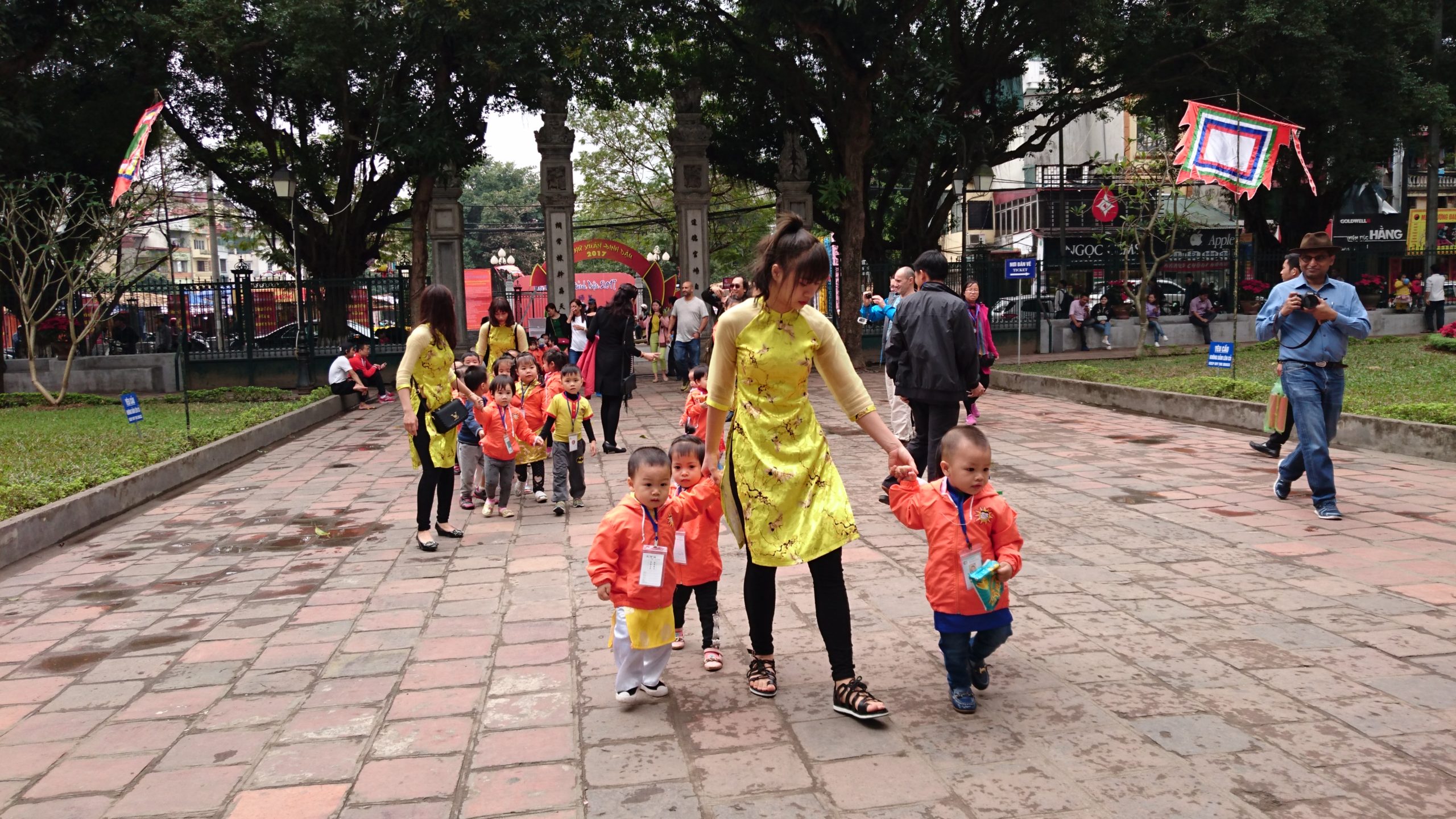
The country has highly skewed sex ratio at birth (113 boys to 100 girls in 2013) because of sex selective abortions in preference for sons. “There is a law that the doctor shouldn’t reveal the sex of the foetus, but there are many ways of going around it and many clinics available for abortion. Abortion by teenage or adolescents is very high because of lack of sex education and the perception that girls shouldn’t know about sex”, adds Ishikawa.

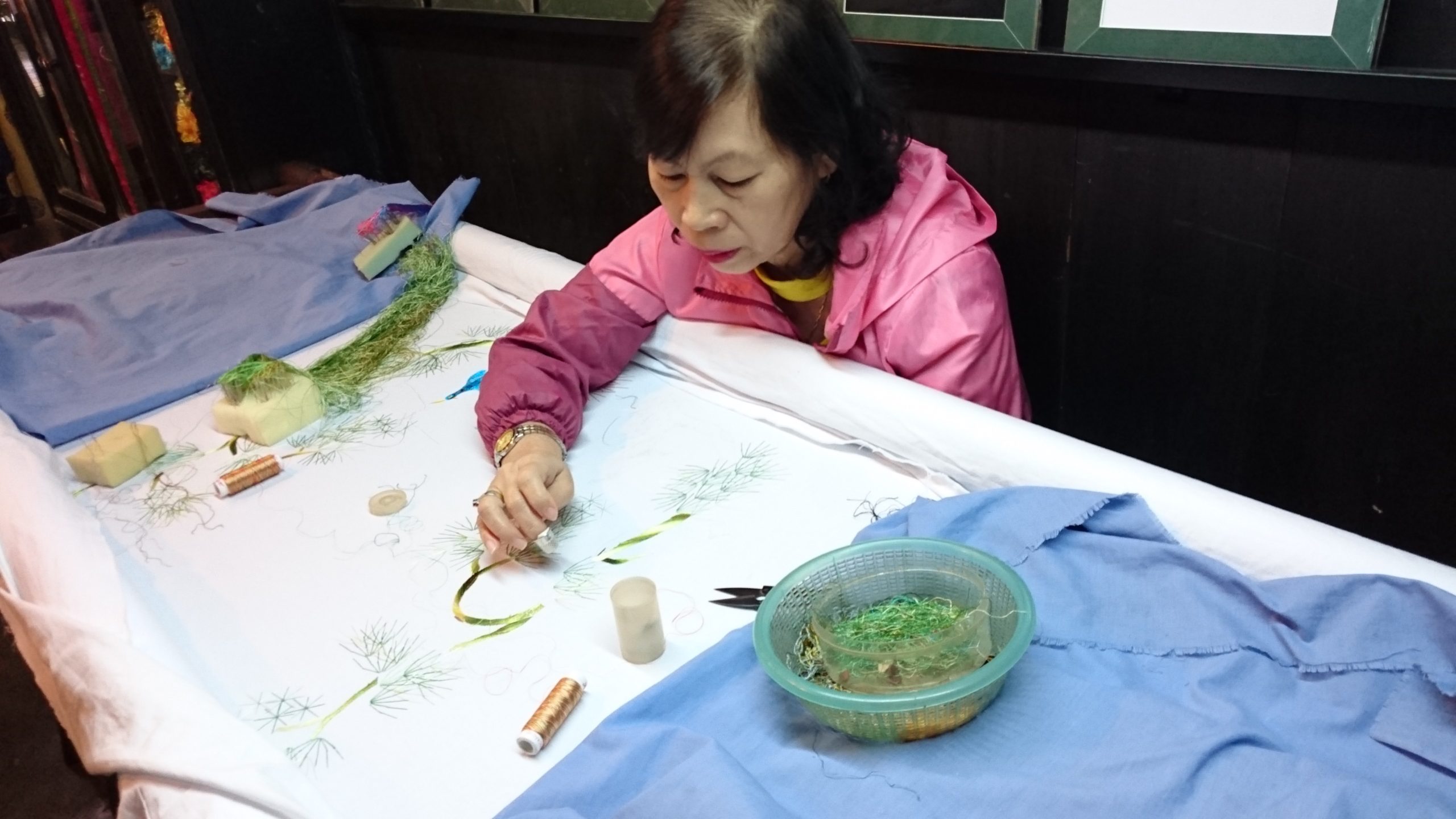
UN Women has been supporting the revision of many laws to come at par with international human rights standards. The Marriage and Family Law now covers de facto union and has removed prohibition of same-sex marriage. The Penal Code revision (to be adopted soon) will expand the definition of rape. The revised Labour Code includes six-month maternity leave provision and recognises domestic work as formal work. The government’s new National Project on Gender Based Violence, developed with UN’s inputs last year, addresses gender-based violence in schools and sexual harassment and sexual violence against women in public spaces.
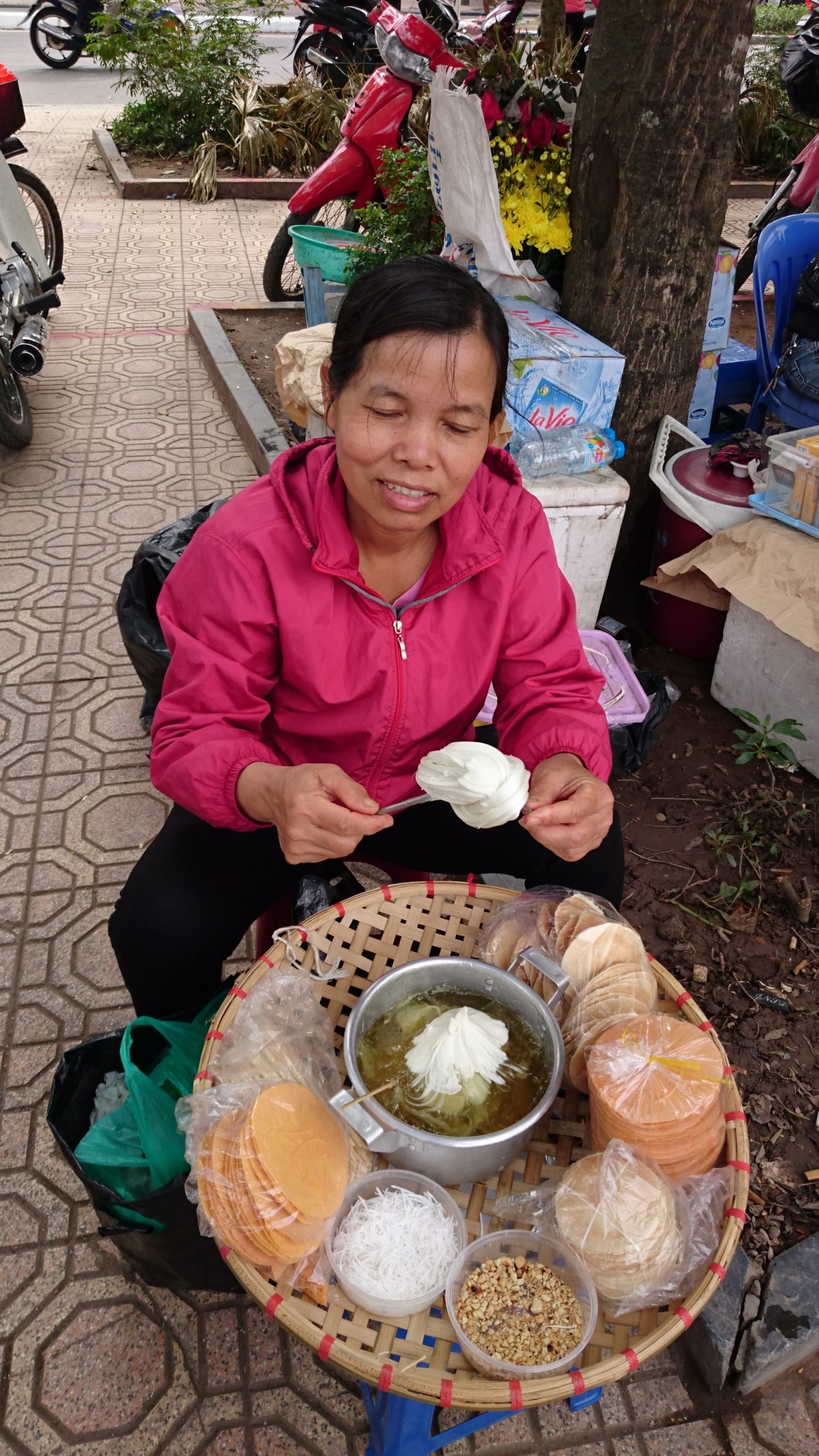
Phuong Le, a National Consultant on the End Violence Against Women Coalition [EVAW], was horrified when one evening while returning home from work, she was accosted by a man who suddenly stood in front of her and began flashing his private parts.
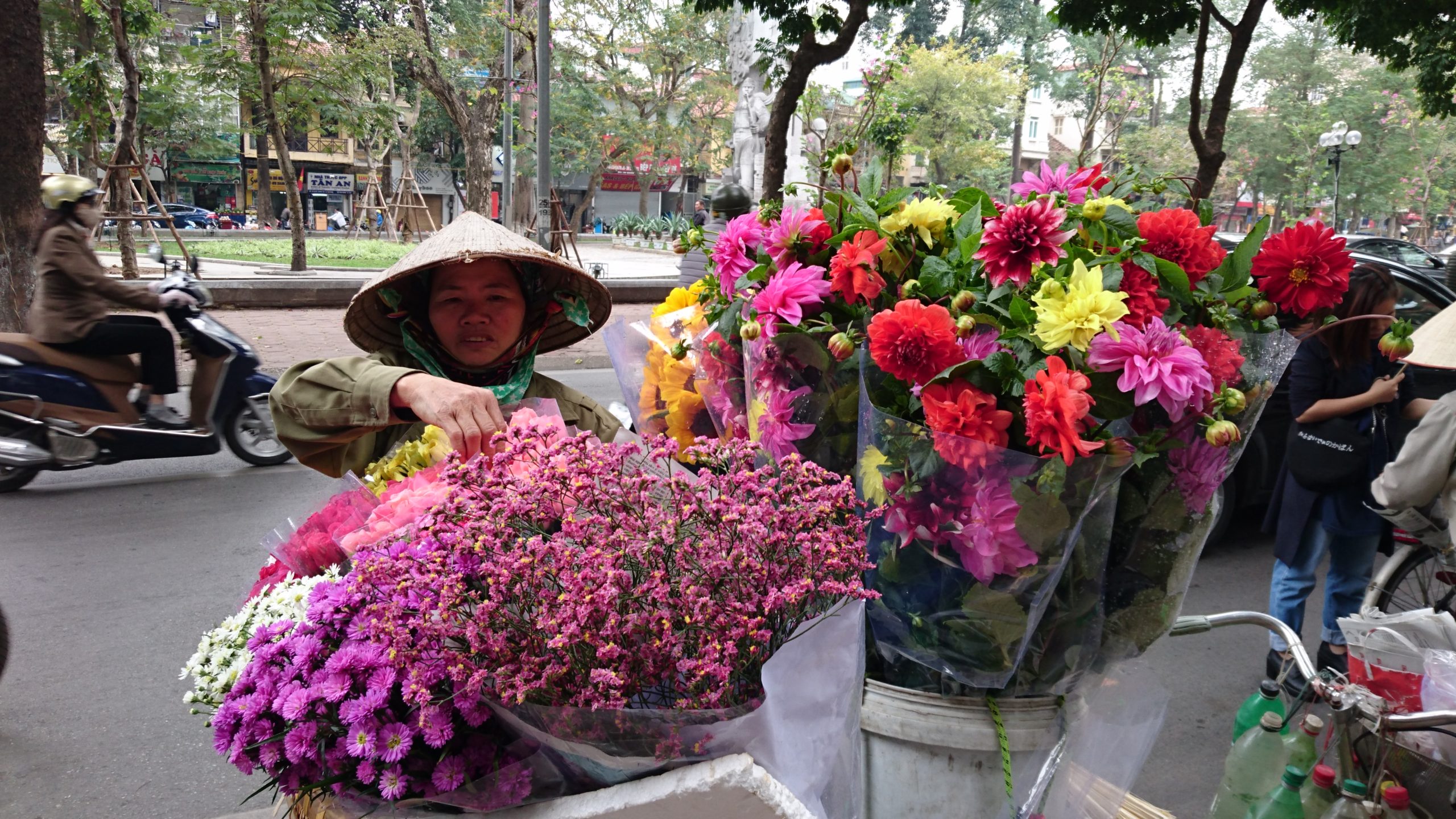
“I was shell-shocked and gripped by fear as I was alone on that small stretch of road between the bus stop and my home. My first thought was that he might be mentally ill and may harm me so I began running. Fortunately, my home was only meters away”, says Phuong, 36, who has come across women from all walks of life, who have been subjected to verbal and physical sexual harassment at least once, if not more, at some stage in their lives.
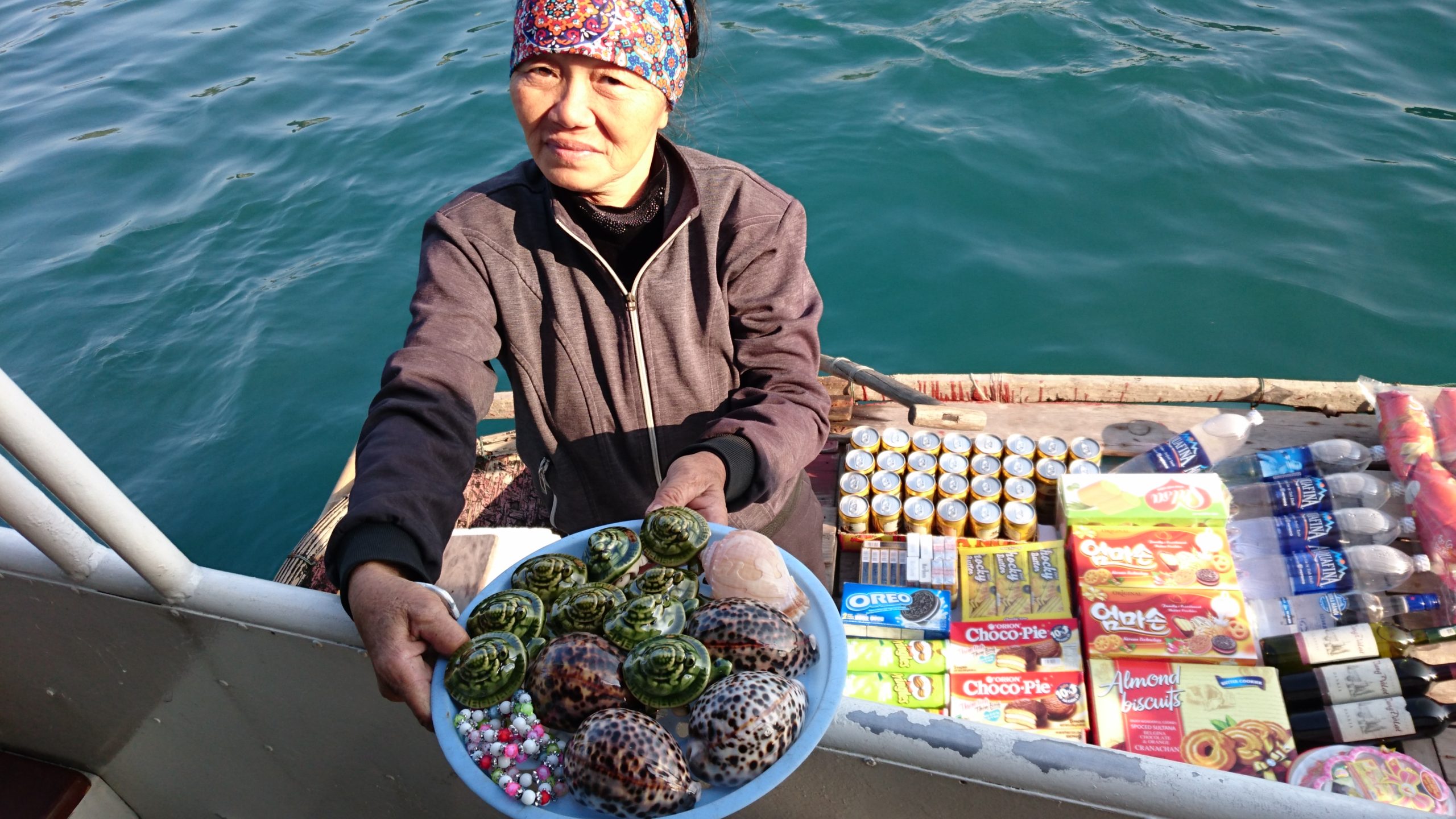

A study of 2064 women and men conducted by Action Aid in Ha Noi and Ho Chi Minh City revealed that 87 per cent of women and girls had encountered sexual harassment and 89 per cent of men asserted that they had witnessed acts of sexual harassment against women and girls.
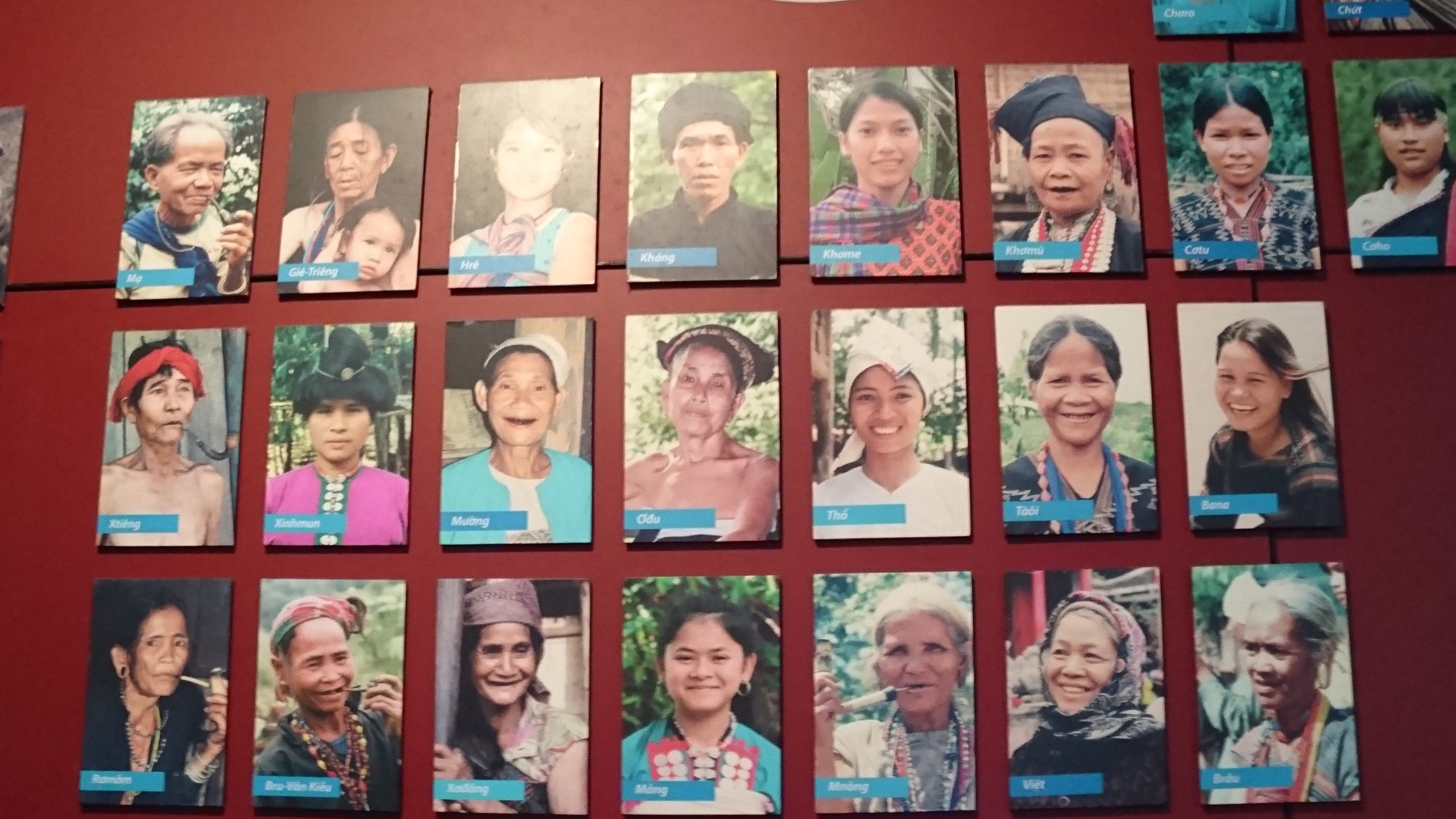
Phuong, who leads a group of experts providing training to parents and children in prevention of sexual abuse against children says, “We worry about young girls when they go to school or to play in the park. They are often target of men’s lurid comments, groping and/or receiving pornography via text messages. I also worry for my two sons as sexual abuse against children is also common”.

Viet Nam ranks 115th out of 188 countries in the 2016 UNDP Human Development Index. It is today a middle-income country and one of Southeast Asia’s fastest-growing economies following the Communist Government’s Doi Moi economic reforms of December 1986. But rural and ethnic minority women and those in informal work have not really benefited from this economic progress. There is a relatively high rate of child marriage in ethnic minority communities and 46 per cent of women still work on small-scale farms with low productivity in rural areas.
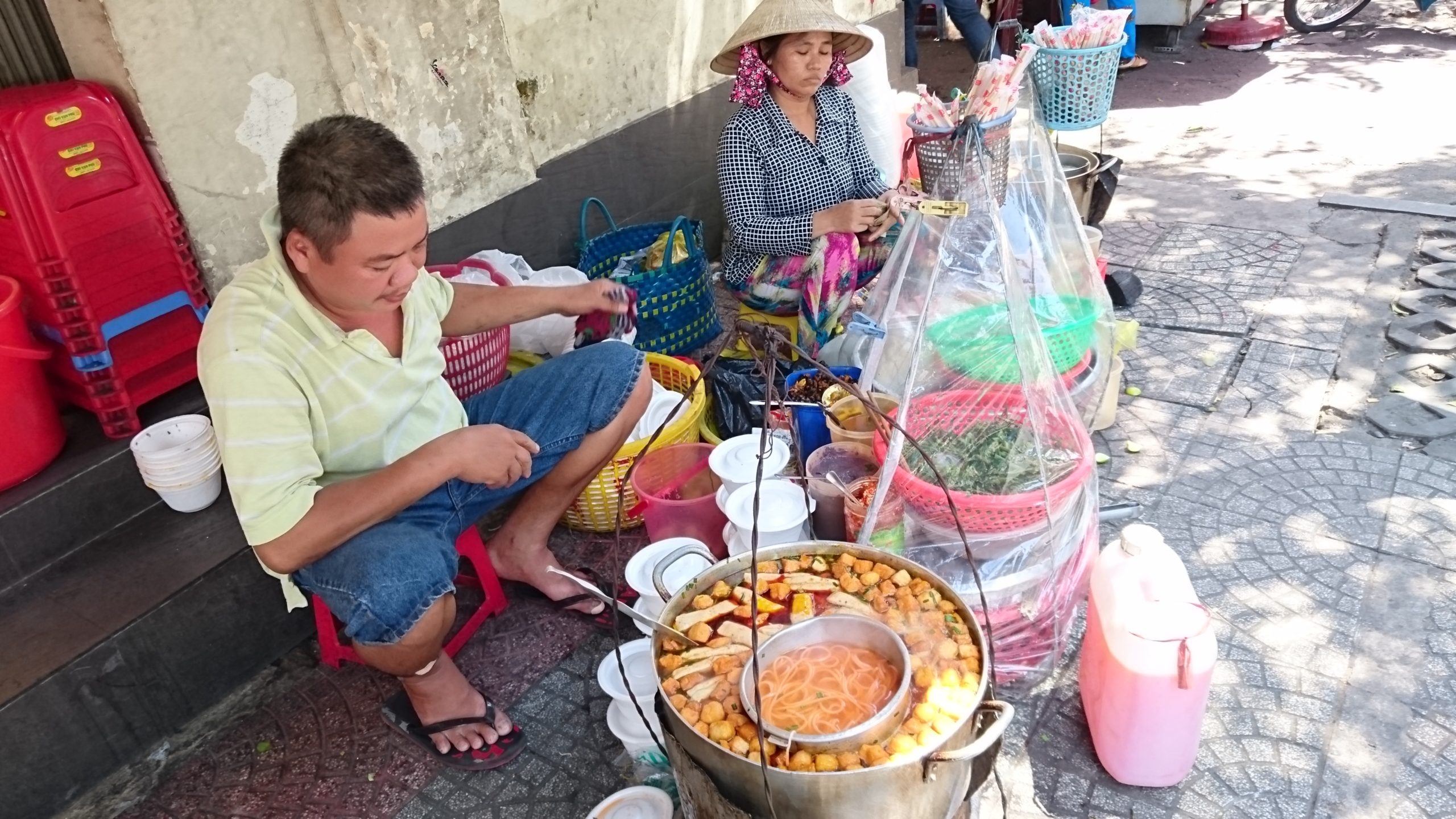
Ishikawa says, “The gender stratification of occupations is very much here. Women haven’t been able to take advantage of the new technologies. Our study has found that the earning gap has widened from 13 per cent to 20 per cent between 2004 and 2012. One of the factors contributing to that has been the decline in the share of women with technical qualifications. Industrialisation has opened opportunities for women to go out from rural areas and work in factories, but it is a routine, low paid, low skilled job available to women mostly in the age bracket of 18 to 25 only”.

Few women rise to senior government positions. Currently, women occupy 26.8 per cent of seats in the parliament. The National Strategy for Gender Equality for 2011 to 2020 has included an ambitious target of 35 per cent women in parliament.
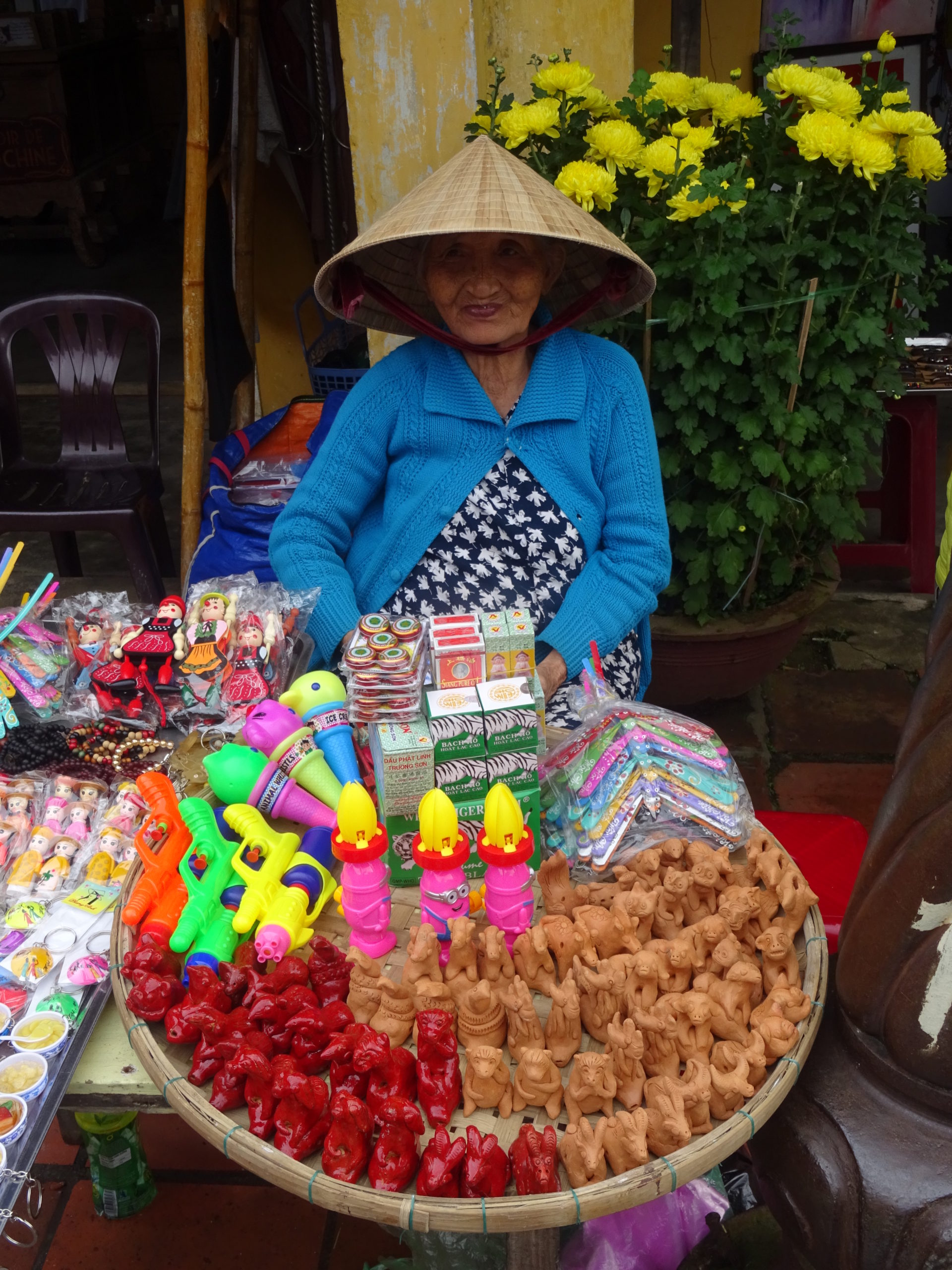
UN Women has been advocating for better access to assets and resources, training and skills building opportunities, and better social protection coverage for women.
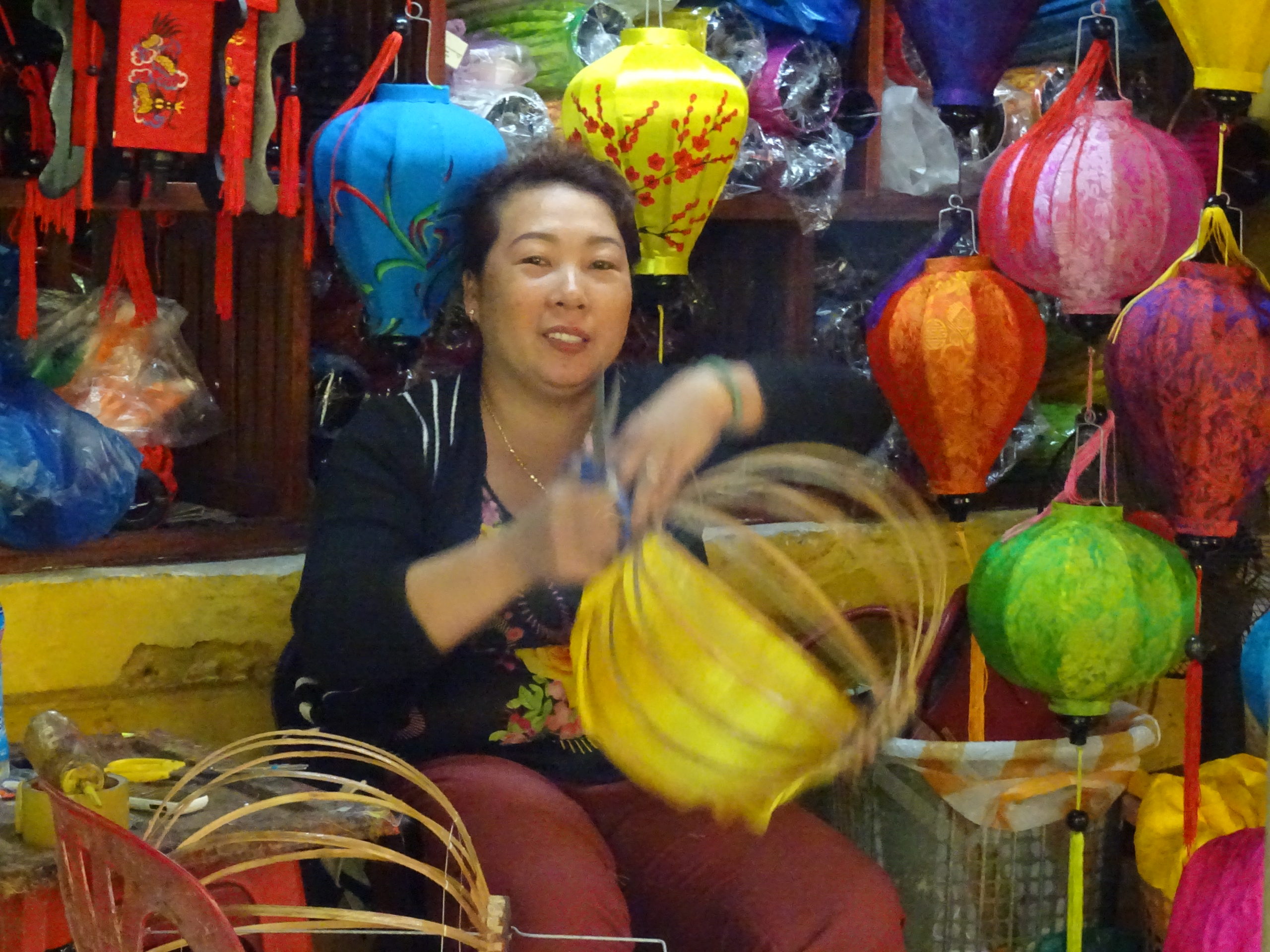
“We are surfacing issues such as the burden of women’s unpaid care work and the limited reach of child and family care services, gender-bias in education and vocational training, and limited reach of agricultural extension services. The Sustainable Development Goals [SDGs] will take us far beyond the Millennium Development Goals that singularly focused on gender parity in education to reach gender equality because SDG Goal 5 gets to the core of gender inequality”, Ishikawa tells IDN.
As gender targets have been set for every other SDG – poverty, education, water and sanitation, employment, peace and security, safe cities and health, Goal 5 will be the bedrock for achieving the 2030 UN Agenda in Vietnam
POVERTY
*Money-based poverty was 58 per cent in 1993 and 13.5 per cent in 2014 (based on the World Bank/ Viet Nam accepted line).
*Using the World Bank’s international dollar a day line now set at USD 1.90 PPP [purchasing power parity] per day: In 1993 poverty was 49 per cent, which dropped in 2014 to 3 per cent.
*UNDP’s Multidimensional poverty using the international measure (poverty in health, education and living standards) was 3.9 per cent in 2013-2014.
INCOME
*According to the 2016 UNDP Human Development Report, GNI [Gross National Income] purchasing power parity [PPP] per capita was USD 5,335 in 2015.
*GDP [Gross Domestic Product] per capita (national product per head) according to Viet Nam’s General Statistics Office quoted in a press report was USD 2,215 in 2016.
© Copyright Neena Bhandari. All rights reserved. Republication, copying or using information from neenabhandari.com content is expressly prohibited without the permission of the writer and the media outlet syndicating or publishing the article.

